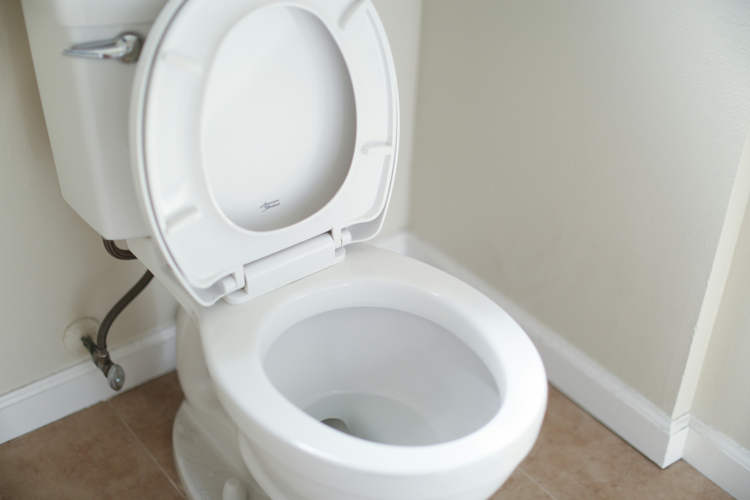Have you ever seen currency notes so beautiful that you’d actually hesitate to spend them? Well, they’re called ‘artisanal currency’, and they’re all the rage in several parts of the world, including London, Amsterdam, and New York. The concept is quite similar to artisanal coffee, cheese, or chocolate that is handmade, not mass produced.
According to The New York Times, “these are small-batch currencies designed by locals and lovingly handled by millennials, who came of age during the rise of the Internet.” Interestingly, this local currency is not meant to be a collectible, but is legally accepted at cash-only community businesses so that the money stays within the town or district.
London’s Brixton district, for example, has its own artisanal currency designed by award-winning artist Jeremy Deller. His £5 notes feature a “fuzzy, psychedelic image of an androgynous face surrounded by rainbow clouds and swirling etchings.” Deller said that he wanted to create “something old-fashioned looking, something almost pre-currency.” And the people of Brixton are quite pleased with their own special pound notes. “I’d be more inclined to save money if it all looked like that,” said Ewan Graham, a 31-year-old architect.
Photo: Bristol Pound/Twitter
Yet another £10 note in Brixton, designed by Charlie Waterhouse and Clive Paul Russell, honors musician David Bowie. And not far off from Brixton, in the city of Bristol, artisanal pound notes were issued after a design competition open to locals. The note has magenta hand-cut stencil illustrations of accomplished people like J.K. Rowling and Dr. Elizabeth Blackwell – the first woman to receive a medical degree in the U.S. Most of these notes include holograms and serial numbers to prevent counterfeiting.
Photo: Bristol Pound/Twitter
“If you use local currency, you keep the money local, and that has a ‘lifts all boats’ vibe to it,” said David Wolman, author of the book The End of Money. But he added that the special currency isn’t always easily accepted. “You have to work really hard to teach people what on earth your alternative currency is and convince them to jump on board.”
Photo: Bristol Pound/Twitter
NY Times reports that the BerkShare – a currency used in Great Barrington, Massachusetts – is an example of a success story for artisanal currency. The notes, which have been in circulation since 2006, showcase the work of local artists. They feature historical figures like W. E. B. Du Bois and Norman Rockwell, with pastoral landscapes and still-life paintings specific to the region. About $138,000 worth are currently in circulation.
Photo: Berkshares.org
“The idea of creating a currency that has our landscape and has our values right on the bill, that’s creating a sense of place that we don’t always have in America,” said Alice Maggio, program coordinator of BerkShares Inc. “BerkShares allowed that idea of buying local to crystallise. I think people are drawn to them for the same reason they’re drawn to handmade things and local food.”
Photo: Andrew Simms/Twitter
Secondary currencies, it seems are not only appealing to residents but also to currency experts like former central banker Bernard Lietaer. He believes they have the potential to influence spending patterns, a lot like how frequent-flier miles work on the principle of loyalty. He says that alternative currencies provide an “implicit incentive: I want to give priority to — and I’m willing to make an effort for — my region or community.”
Photo: Bristol Pound/Twitter
“If a Greek person wants to buy a German car, he would have to buy it in euros, at the exchange on the currency that’s accepted with the euro,” he explained. “At the same time, for a haircut? I don’t see any reason to use euros.”
It’s not clear if these attractive artisanal paper notes can save traditional paper money from extinction, but for now, they do enjoy a steady user base. As Deller puts it, “As long as there are drug deals and criminality, there’ll be a need for cash.”


















